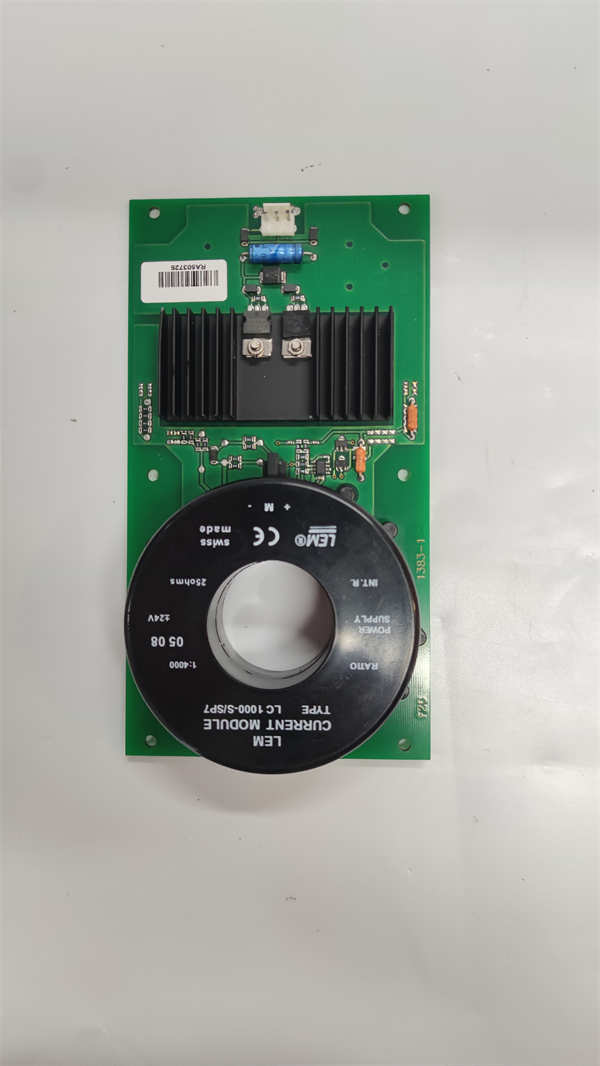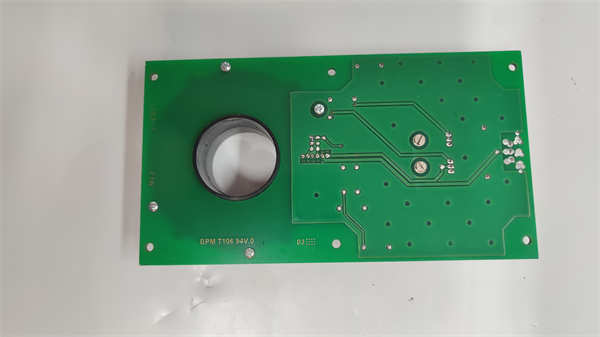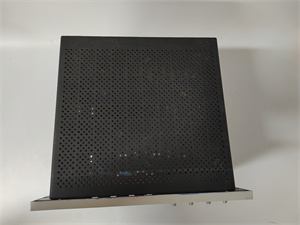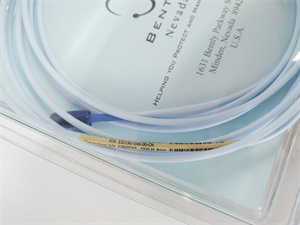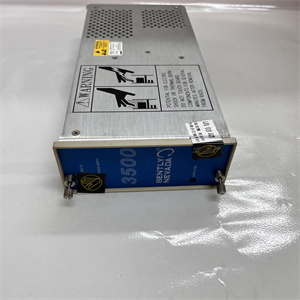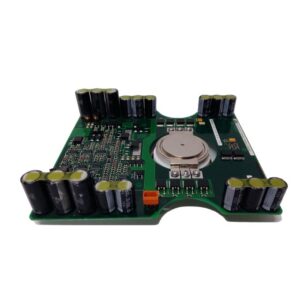Description
Detailed Parameter Table
| Parameter Name | Parameter Value |
| Product Model | LC1000-S/SP7 |
| Manufacturer | ABB |
| Product Category | Industrial Conductivity Sensor (4-Electrode Type) |
| Measurement Range | 0.01 μS/cm – 2000 mS/cm |
| Accuracy | ±0.5% of reading + 0.1 μS/cm |
| Temperature Range | -20°C to +130°C (process) / -10°C to +60°C (ambient) |
| Pressure Rating | 16 bar @ 130°C (232 psi) |
| Electrode Material | 316L Stainless Steel / PEEK Body |
| Process Connection | Tri-Clamp (DN25/40/50) with EHEDG-compliant design |
| Output Signal | N/A (Sensor only; pairs with ABB transmitters) |
| Cable Length | Standard 10m (33ft); customizable up to 30m (98ft) |
| Cleaning Compatibility | CIP/SIP, steam sterilization (30 min @ 130°C) |
| Certifications | EHEDG, 3-A, FDA 21 CFR 177, IP68 (Sensor) |
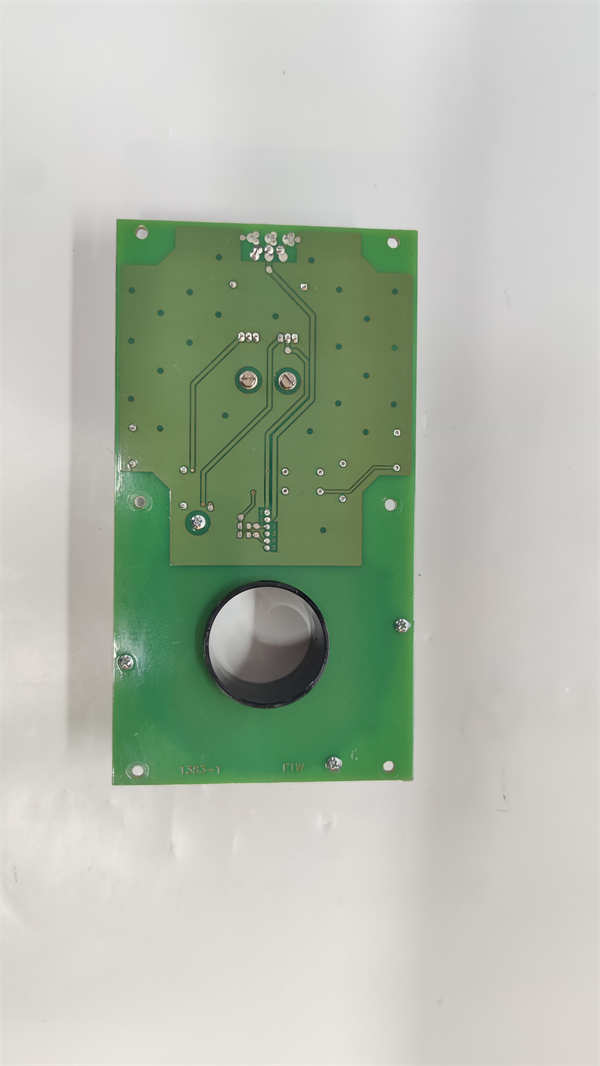
ABB LC1000-S/SP7
Product Introduction
The ABB LC1000-S/SP7 is a high-precision conductivity sensor designed for critical hygienic applications in pharmaceutical, food & beverage, and biotechnology industries. As part of ABB’s Liquiline platform, this 4-electrode sensor delivers unparalleled accuracy in purity monitoring, concentration measurement, and cleaning validation. The LC1000-S/SP7 employs advanced electrode technology to eliminate polarization effects, ensuring stable readings even in ultra-pure water (UPW) or high-conductivity brines.
Engineered specifically for sanitary processes, its tri-clamp connection and crevice-free design prevent bacterial growth while meeting EHEDG and 3-A hygiene standards. The ABB LC1000-S/SP7 integrates seamlessly with ABB’s CM44x transmitters, forming a complete measurement loop for regulatory compliance. Its technical positioning targets applications requiring FDA 21 CFR Part 11 compliance, where measurement integrity directly impacts product quality and safety.
Core Advantages and Technical Highlights
Four-Electrode Technology: The LC1000-S/SP7 uses two current electrodes and two potential electrodes to cancel out cable resistance and polarization errors, achieving ±0.5% accuracy across its full 0.01μS/cm–2000mS/cm range – critical for USP <645> water conductivity tests.
Hygienic Design Excellence: Featuring a flush-mounted PEEK body with 316L stainless steel electrodes, the sensor meets strict EHEDG Type EL-A Class I standards. Its tri-clamp (SP7) connection eliminates dead zones, while CIP/SIP resilience reduces biofilm risk.
Temperature Compensation Intelligence: Built-in Pt1000 temperature sensor enables automatic temperature compensation (ATC) from 0–100°C, with configurable coefficients (e.g., linear, NaOH, HCl) for industry-specific media.
Robust Field Performance: IP68-rated construction withstands high-pressure spray-downs and steam sterilization cycles. The abrasion-resistant electrode coating maintains calibration stability despite aggressive cleaning protocols.
Plug-and-Play Integration: Preconfigured Memosens digital protocols enable hot-swapping without process interruption. Automatic sensor recognition by ABB transmitters (e.g., AX400) reduces commissioning time by 70%.
Typical Application Scenarios
Pharmaceutical Water Systems: Monitors USP/EP-grade WFI (Water for Injection) and Purified Water conductivity in distribution loops, with the LC1000-S/SP7 providing continuous compliance data for FDA audits. Its 0.01 μS/cm sensitivity detects ionic contamination in real-time.
Biotech Fermentation Control: Measures nutrient concentration in bioreactors during cell culture processes. The sensor’s steam-sterilizable design allows in-situ SIP cycles at 130°C without recalibration.
Food & Beverage Production:
Dairy: Tracks CIP chemical concentration (NaOH/HNO₃) during clean-in-place cycles
Beverage: Controls syrup brix concentration with ±0.1% repeatability
Brewing: Monitors mash tun conductivity for process optimization
Ultrapure Water (UPW) in Semiconductor Fabs: Ensures >18.2 MΩ·cm resistivity in wafer rinsing baths. The ABB LC1000-S/SP7‘s low-polarization design prevents false readings from CO₂ absorption.
Related Model Recommendations
CM444 Transmitter: ABB’s dual-channel analyzer for pairing with the LC1000-S/SP7, offering HART/Profibus output and 21 CFR Part 11 compliance.
LC1000-T/SP1: Toroidal conductivity sensor for viscous or high-fouling media (up to 2000 mS/cm), sharing the same sanitary fittings.
LC800-S: Compact 2-electrode alternative for non-critical applications with reduced cost.
FKC460 Flow-Through Cell: Hygienic chamber for inline LC1000-S/SP7 installation in low-flow pipelines.
CA100SS Calibration Standards: Traceable conductivity solutions (84 μS/cm, 1413 μS/cm) for sensor validation.
M12 Connector Kit (1TGE120028R1000): Enables quick-disconnect functionality for the ABB LC1000-S/SP7.
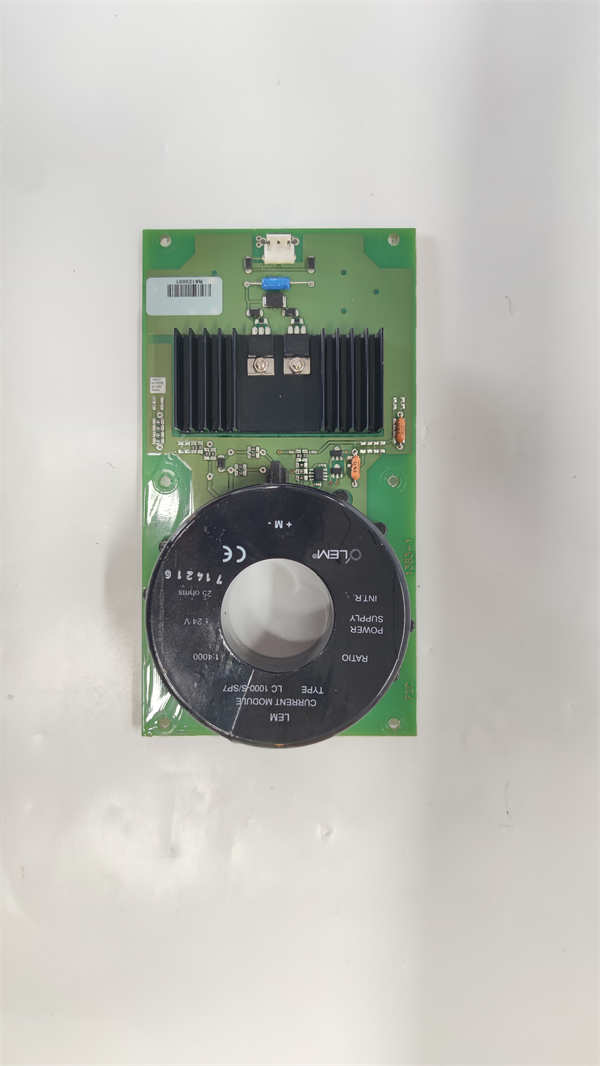
ABB LC1000-S/SP7
Installation, Commissioning and Maintenance Instructions
Installation Preparation: Isolate process line and depressurize. Verify tri-clamp gasket compatibility (EPDM/FKM). Mount sensor vertically or at ≥15° angle in pipe to prevent air bubbles. For UPW applications, install downstream of degasser modules. Use only ABB-supplied cable glands (PG13.5) for IP68 integrity. Ground transmitter separately to avoid measurement drift.
Maintenance Protocol:
Monthly: Perform sensor hygiene check; inspect electrode surface for scratches or biofilm
Quarterly: Verify calibration using NIST-traceable standards
Post-SIP: Execute zero-point calibration at 25°C
Avoid ultrasonic cleaners or abrasive chemicals
Replace O-rings annually (ABB P/N 1TGE120030R1010)
Store dry with protective cap when inactive
Service and Guarantee Commitment
ABB provides a 24-month warranty for the LC1000-S/SP7, covering material and manufacturing defects. Global support includes:
Traceable calibration certificates (ISO 17025 accredited labs)
On-site validation services for GMP environments
48-hour sensor exchange program for critical processes
Lifetime technical consultation via ABB’s Liquiline experts
Complimentary access to MyLiquiline cloud platform for performance analytics
Extended warranty options cover calibration drift compensation for up to 5 years. ABB’s Pharma Compliance Package includes documentation for IQ/OQ/PQ validation, reducing FDA/EMA audit preparation time by 80%.

